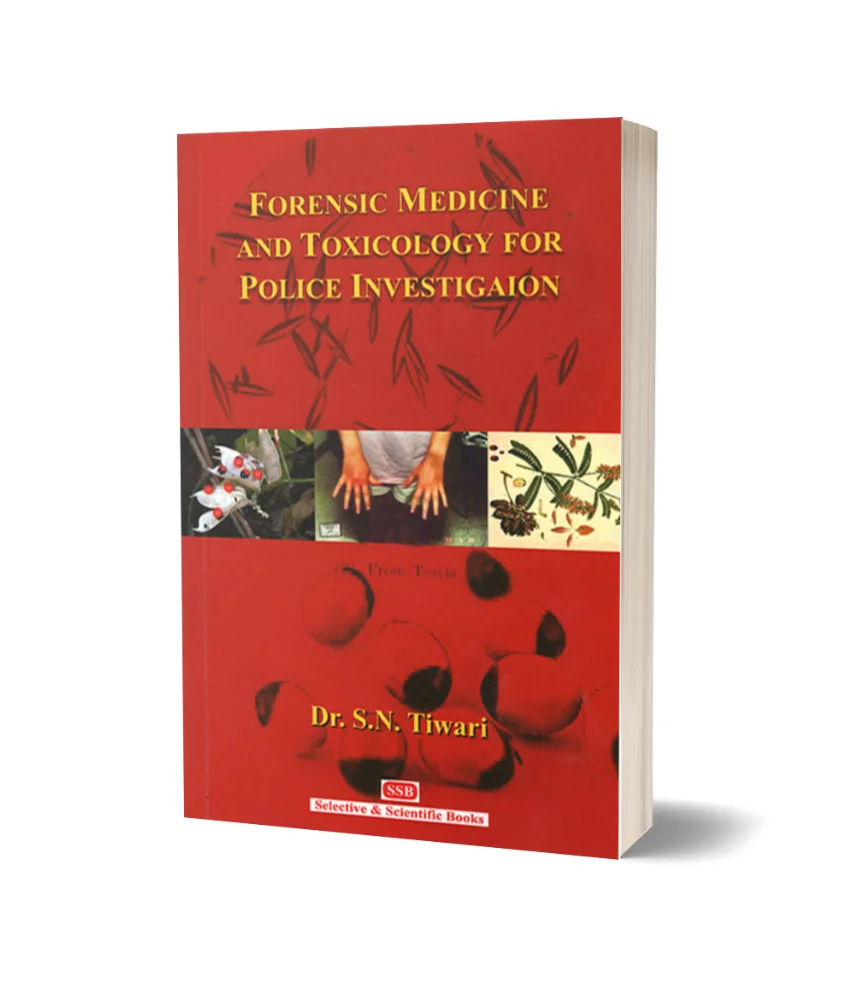Description
The book has been written to meet the call for a well-illustrated and concise manual of forensic medicine for students as well as practitioners and investigating officers.
The theoretical discussion has been avoided, and an endeavor has been made to present the subject in as simple and as practical a manner as possible, and it is lapped that the reader will find it of help in any case with which he may be confronted.
The second is the subject of toxicology which deals with the poisoning –a crime committed in great secrecy and which requires highly specialized knowledge of analytical chemistry, been dealt with in detail in the book. The availability of newer instruments has helped in solving the problems of detection and identification of poisons with the comparative case. The subject has been specially incorporated in the book in great detail for which I wish to express my deep gratitude to my eight research scholars who obtained their doctorate degrees in toxicological chemistry. I am gratified that today they all occupy high positions in forensic science laboratories of the country and are also professor and Head of Department of forensic science and criminology in university, one has retired recently as Director of Central Forensic Science Laboratory, Ministry of Home Affairs, Government of India, Chandigarh.
A criminal lawyer probably prosecutes or defends more cases of homicides and suicides than any other type. He will gain quick insight into the methods of investigation and appreciate the extent and limitations of such investigations.
The author has had practical experience of most of the tests described in this book and he has thus tried to produce not merely a theoretical treatise, but a practical guide for those engaged in forensic toxicology and for chemists who are called upon from time to time to undertake work of this character.











Reviews
There are no reviews yet.